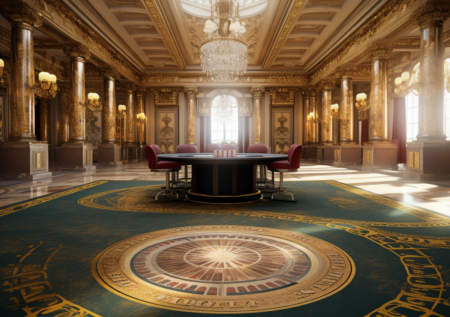

Roulette is one of the oldest and most popular casino games in existence. It has been played for centuries by gamblers around the world, each with their own variation on how to play the game. The essence of roulette games remains largely unchanged from its original form, but today’s players enjoy a variety of different types of wheels, tables and casinos that offer an exciting gaming experience. In this guide we’ll provide all the information you need to know about wheels, give some useful tips on tables and casinos, so you can make sure you get the best out of your next game and win real money.
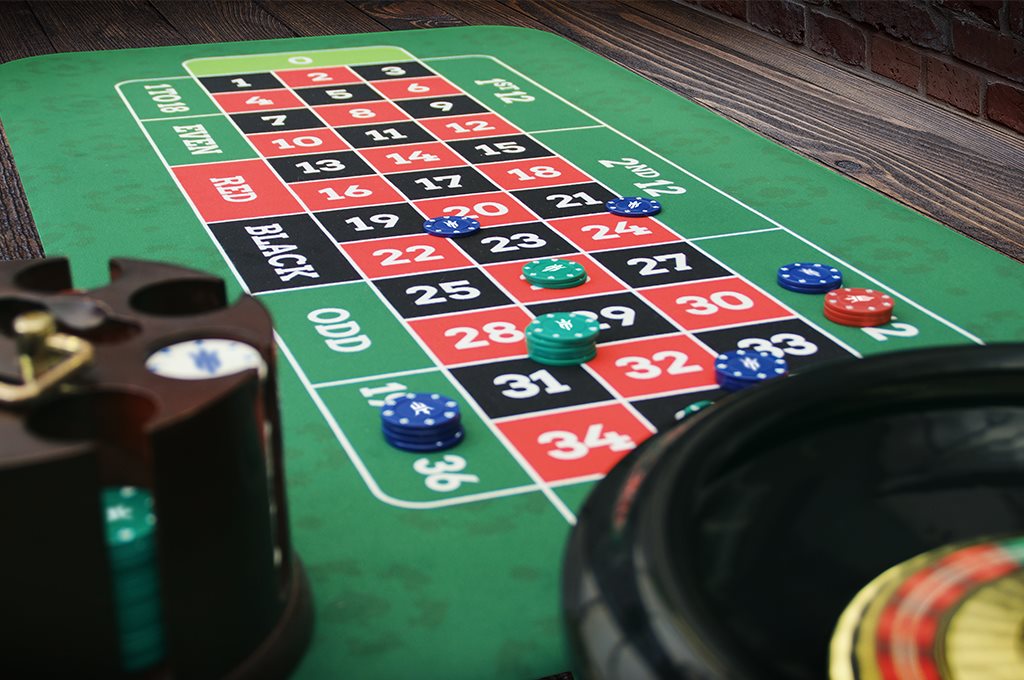
Tables can come in a variety of different shapes and sizes, from full-sized casino tables to mini tables that are perfect for home use. The main differences between the two types are their table size and the number of gamblers they accommodate. Full-sized casino tables usually seat up to 10 players at a time, whereas smaller home versions seat fewer.
The essence of roulette is the spinning wheel and its corresponding table. The layout of each type of roulette will vary slightly, but they all have a similar overall structure. There are two main sections – the inner table which holds the numbered slots where gamblers place their bets, and the outer border which displays all the different betting options available to players. The outer border also contains the ‘zero’ slot, which is where the house edge lies.
There are two main types of wheels; the ‘European’ wheel and the ‘American’ wheel. The European wheel is made up of 37 numbered slots, with numbers ranging from 0-36 and only one zero slot. This means that the house edge (the advantage which online casinos holds over gamers) is much lower than in the American version of roulette, making it a more favoured choice for serious gamblers.
The American wheel differs from the European version in that it contains an additional ‘double zero’ slot, which increases the house edge to 5.26%. This makes it less favourable for players who are looking to have a higher opportunity of victory.
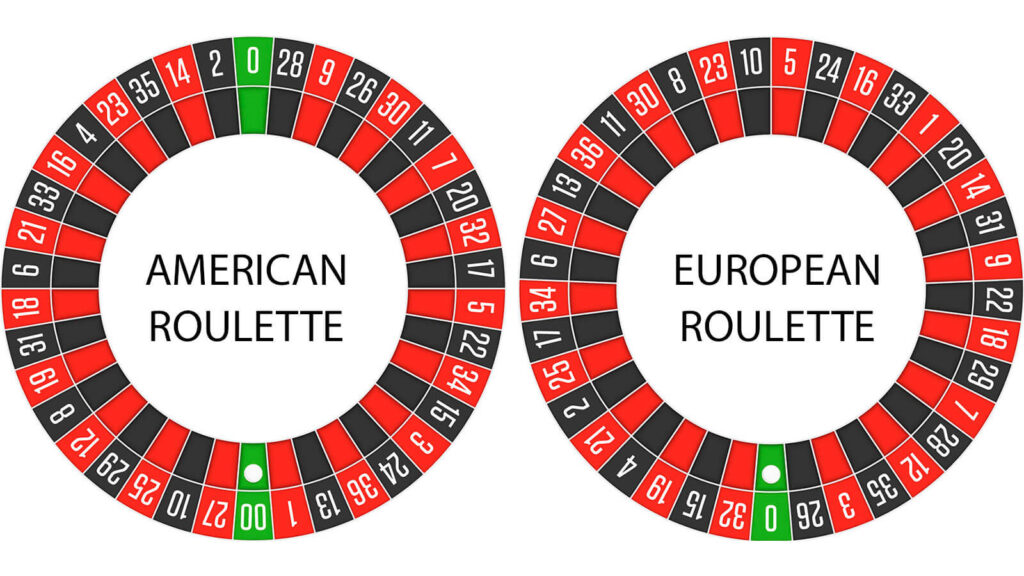
In addition to the two main types of wheels, there is also a French version which is sometimes available. The table layout of French roulette is identical to that of European roulette, but with one distinct difference – the inclusion of an extra rule known as ‘La Partage’. This rule allows players to recover half their stake if the ball lands on zero. This rule reduces the house edge significantly, making it a popular option for gamblers looking to maximise their chances of success.
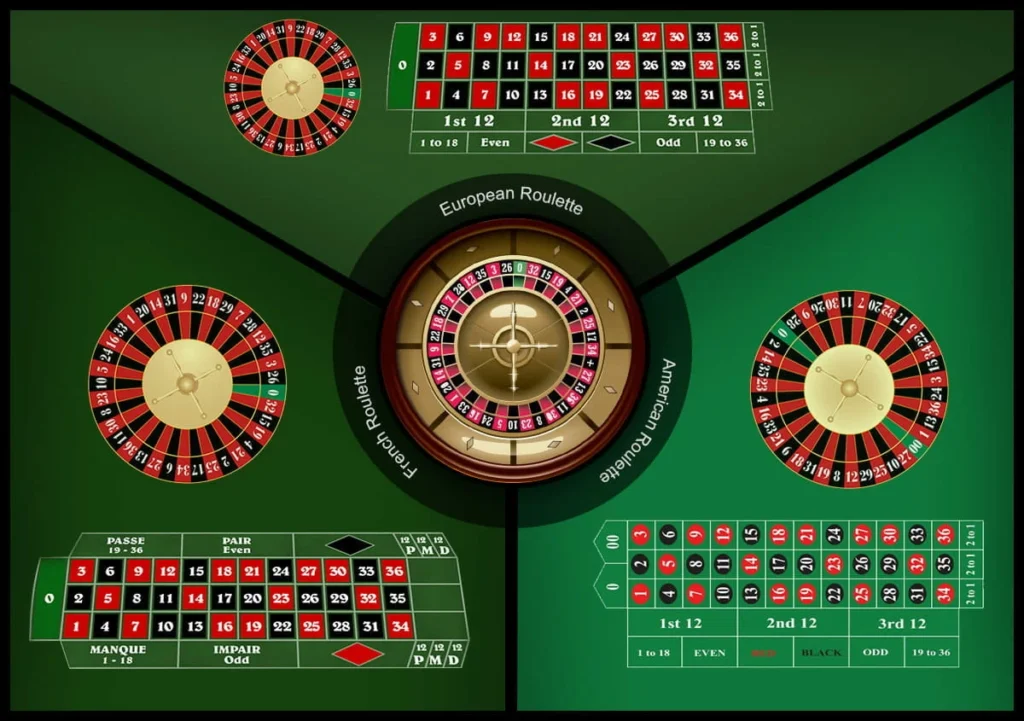
The final type of wheel is the triple zero wheel, which has been introduced in many Las Vegas casinos. This wheel offers players a much higher house edge than both European and French wheels, with three zeros instead of two. While this variation may be attractive to some gamblers due to its high payouts, it is generally agreed that playing on a triple zero wheel significantly increases the odds of losing money.
When selecting which type of wheel to play on, it is important to consider the different house edges for each variation. As a general rule, experienced players will tend to opt for European and French roulette over American and triple zero wheels due to their lower house edge. It is also important to bear in mind that while some casinos may offer higher payouts on certain types of different wheels, this should not be a deciding factor when selecting the right version for you – as the possibility of gaining money will always depend more heavily on skill and luck than anything else.
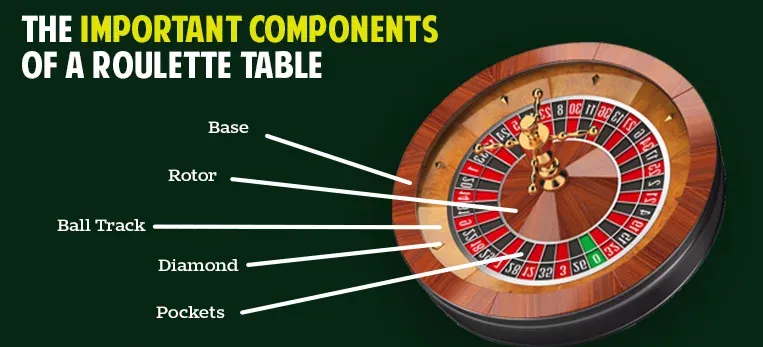
The structure of the wheel is composed of two main parts; the wheelhead and the ball. The wheelhead sits on top of a rotating base, which is powered by a motor. It contains numbered slots in alternating red and black colours, with each slot containing a pocket where the ball can land once it has been spun. The pockets consist of 36 regular numbers, depending on different versions of the game.
The roulette ball is typically made of ivory, but some modern variations use plastic or other materials. The weight and size of the ball must both be within certain standards in order to ensure that it randomly lands on one of the slots when spun. This is important as it ensures that gamblers have an equal opportunity of achieving success regardless of which form of roulette they are playing.
In a game of roulette, chips play a crucial role in facilitating bets and adding excitement to the gameplay. These small, colorful tokens represent different monetary values and are used by players to wager on various numbers, colors, or combinations on the table. Gamblers use them to place their bets on the table. They can place tokens on individual numbers, groups of numbers, colors (red or black), or various other betting options provided by the game.
Different colors and denominations of chips represent varying monetary deposits. For instance, a red color might represent $5, while a green could represent $25. This helps in keeping track of the amount wagered and succeed during the game.
Using chips enhances security at the table. It reduces the risk of theft or counterfeit currency being used in the game. Casinos often use specific color codes for their tokens to distinguish them from one another. This adds an extra layer of security and helps in identifying the value of each chip quickly.
The pockets on a wheel come in two different types; shallow pocket pads and deep pocket pads. The shallow pocket pads are slightly larger than the deep ones, which increases their likelihood of catching the ball when it is spun around the wheelhead. This means that numbers placed close to them have a higher possibility of being landed on by the ball, making them popular choices for players looking to increase their chances of gaining profit. Deep pocket pads, on the other hand, are smaller and less likely to catch the ball – meaning they are usually avoided by gamblers who want to maximise their possibilities of victory.
Roulette come with a variety of quirks and peculiarities, which can make the game unpredictable at times. For instance, some wheels may be off-centre or tilted slightly in one direction, which can cause the ball to land on certain numbers more often than others. This means that it is important to pay attention to any irregularities when playing roulette – as they may help you gain an edge over other players.
A biased wheel is one which has an uneven distribution of numbers, meaning some will be landed on more often than others. This type of wheel can be spotted when the same numbers are being landed on consistently, despite the ball being spun around randomly. Biased wheels are becoming increasingly rare due to modern casino regulations – however it is still possible for them to occur occasionally.
The ball bounce is the term used to describe how much the ball jumps and spins around before it reaches its final resting place. A good wheel will have a consistent ball bounce, meaning that the ball should land in roughly the same spot every time it is spun. This means that gamblers can get an idea of which winning numbers are likely to be landed on more often than others – as long as they pay attention to this pattern enough times.
The speed of the wheelhead is an important factor to consider when playing roulette – as it can affect the outcome of any spin. A faster wheelhead means that the ball will travel further and hit more pockets before coming to a stop, while a slower one will cause the ball to move less and land on fewer numbers. Players should therefore be aware of this subtle difference in order to best evaluate their opportunities of success at any given time.
Some casinos may use the technique of ball switching in order to gain an advantage over players. This involves two different balls being placed on the wheelhead, with one spinning faster than the other. This means that it is possible for the casino to manipulate which numbers are more likely to be landed on – and as such should be avoided at all costs when playing roulette.
The dealer’s signature is a term used to describe any patterns or habits the dealer has when spinning the wheel. This could include anything from how fast they spin the wheelhead, to whether they spin it in an anti-clockwise motion or not. It is possible to spot a dealer’s signature by paying attention to their actions and noting any patterns they may have. This can be useful when predicting which numbers are more likely to be landed on – although it should be done carefully in order to prevent the casino from taking advantage.
Ball aiming is a technique which some professional gamblers use in order to increase their chances of winning at roulette. This involves predicting where the ball will land and then aiming it in that direction when the wheelhead is spun. Professional players often spend a great deal of time and practice perfecting this technique, as it can greatly increase their probabilities of landing on the right pocket.
Wheels have a specific number sequence and layout from which the ball is spun. This can be used to help players understand where the ball will most likely land, as each pocket corresponds to a certain number. By understanding this sequence and layout it is possible to better predict which numbers are more likely to be landed on.
Roulette is a great game of chance, and one which can be quite profitable – provided the right techniques are used. By understanding different types of wheels, tables and casinos it is possible to gain an edge over other players. Paying attention to biased wheels, ball bounces, speed of the wheelhead, dealer’s signatures and ball aiming could all help you increase your possibilities of winning at roulette – so make sure to take these elements into consideration when making your next bet!
The American Roulette has 38 pockets, with the numbers ranging from 0 to 36 and a double zero.
There are 37 numbers on a European Roulette and 38 numbers on an American.
There are 37 numbers on an European table, with the numbers ranging from 0 to 36.
The main difference between the European and American table layouts is that the American version has two zeros (0 and 00). This means that there are 38 pockets on an American wheel, compared to 37 on a European wheel.
The European table layout is considered to be the most advantageous, as it only contains one zero pocket which gives players a slightly better chance of winning.
A Neighbours bet is a specific type of inside bet which covers five numbers at the same time. This means that players can win if any one of these five numbers are landed on, and therefore have a greater chance of winning than with other types of inside bets.
The most popular type of online wheel is the European wheel, as it offers gamblers a slightly better chance of winning due to its single zero pocket.
The French Roulette and table layout have one zero sector, which gives players a slightly better chance of winning than with other types of roulette.
Called bets according to the French wheel rules are any five-number combination bets that cover a specific part of the wheel. These include Voisins du Zero (neighbours of zero), Tiers du Cylindre (thirds of the wheel) and Orphelins (orphans).
The most important wheel rules for beginners are to understand the different types of wheels, tables and bets available, as well as the differences between European and American Roulette. Additionally, gamblers should also be aware of any roulette gambling strategies or techniques which may help them increase their chances of winning.